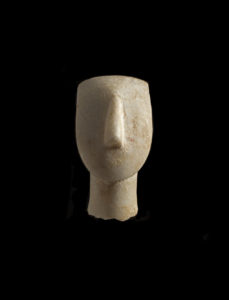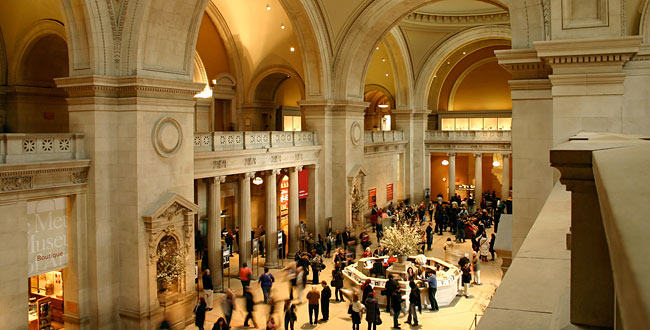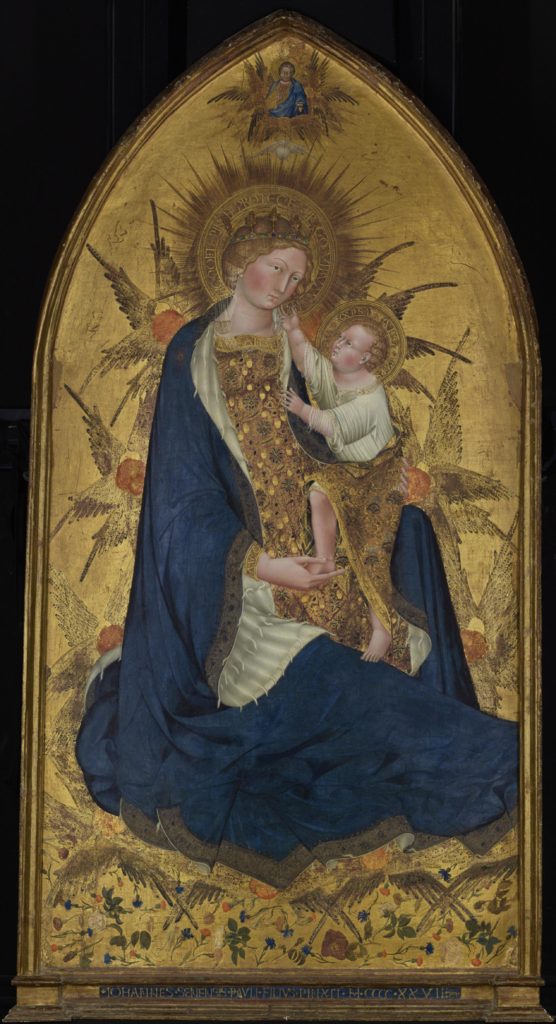 Ever since I first saw Giovanni di Paolo’s  The Creation and the Expulsion from the Paradise in the Robert Lehman Collection at the Metropolitan Museum*, I’ve been a huge fan of the Sienese painter. That wall of six of his works at the Art Institute of Chicago, which I visited again in August, is also stunning. As are the works I’ve seen by him at museums like The Walters in Baltimore.
Ever since I first saw Giovanni di Paolo’s  The Creation and the Expulsion from the Paradise in the Robert Lehman Collection at the Metropolitan Museum*, I’ve been a huge fan of the Sienese painter. That wall of six of his works at the Art Institute of Chicago, which I visited again in August, is also stunning. As are the works I’ve seen by him at museums like The Walters in Baltimore.
That’s why, when I saw a while back that the Getty Museum was reuniting parts of the Branchini Altarpiece–the central panel of which I had seen at the Norton Simon Museum in Pasadena–in an exhibition called Shimmer of Gold: Giovanni di Paolo in Renaissance Siena–I knew I wanted to see it. Thankfully, The Wall Street Journal agreed, and my review of the exhibition went online Wednesday and will be in Thursday’s paper.
It’s a glorious show, and I loved speaking about the works in it with curators Yvonne Szafran, the Getty’s senior conservator of paintings conservation, and Davide Gasparotto, a senior paintings curator at the Getty. The third curator, Bryan C. Keene, an assistant curator in the manuscripts department, wasn’t available when I visited.
They told me a fascinating tidbit that I looked up in the Museum of Modern Art’s newly available exhibitions archive–and discovered more details. In 1936, when Alfred H. Barr, Jr., the first director of the Museum of Modern Art, organized an exhibit called “Fantastic Art, Dada and Surrealism,” he included Giovanni’s “Saint Nicholas of Tolentino Saving a Shipwreck” (1457) from the collection of the Philadelphia Museum of Art.
 You can see what I discovered in the MoMA exhibitions archive* here.  The catalogue, checklist and press releases are all there for anyone to access at any time, day or night. It’s a fabulous resource.
You can see what I discovered in the MoMA exhibitions archive* here.  The catalogue, checklist and press releases are all there for anyone to access at any time, day or night. It’s a fabulous resource.
And the Getty exhibition, a small show that nonetheless involved several loans from European museums I’ve never visited, certainly added to my visceral appreciation of Giovanni.
Photo Credits: Courtesy of the Getty–the Madonna at right and a predella panel at left
*I consult to a foundation that supports these institutions and, specifically, at MoMA, the exhibitions archive.

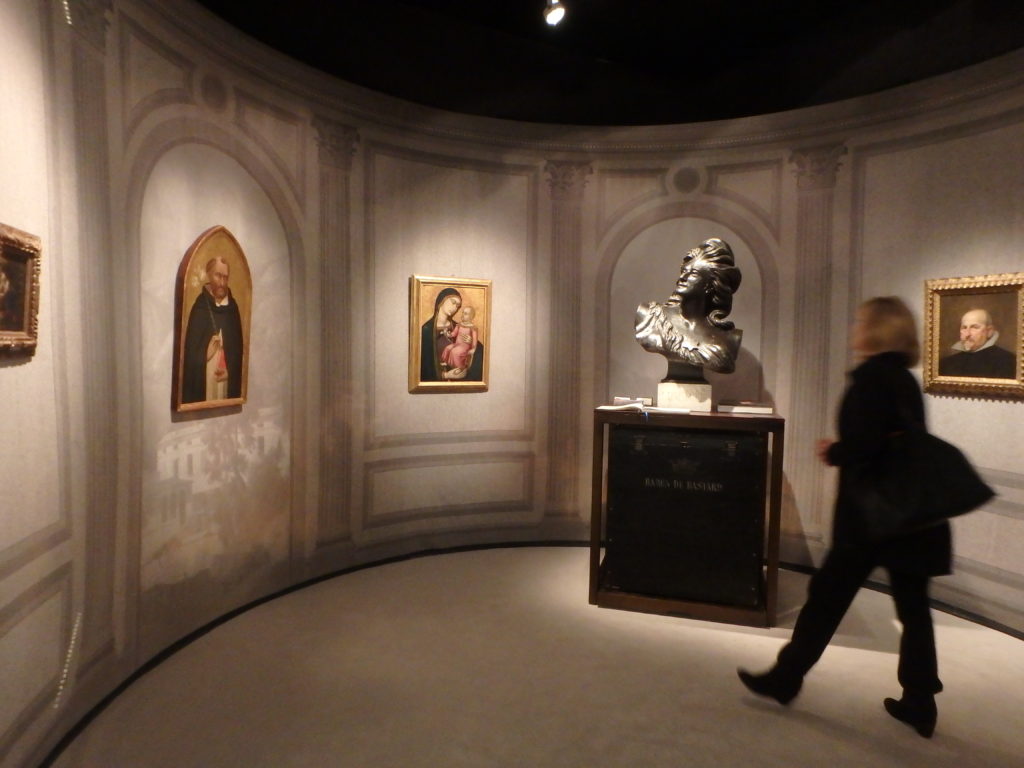
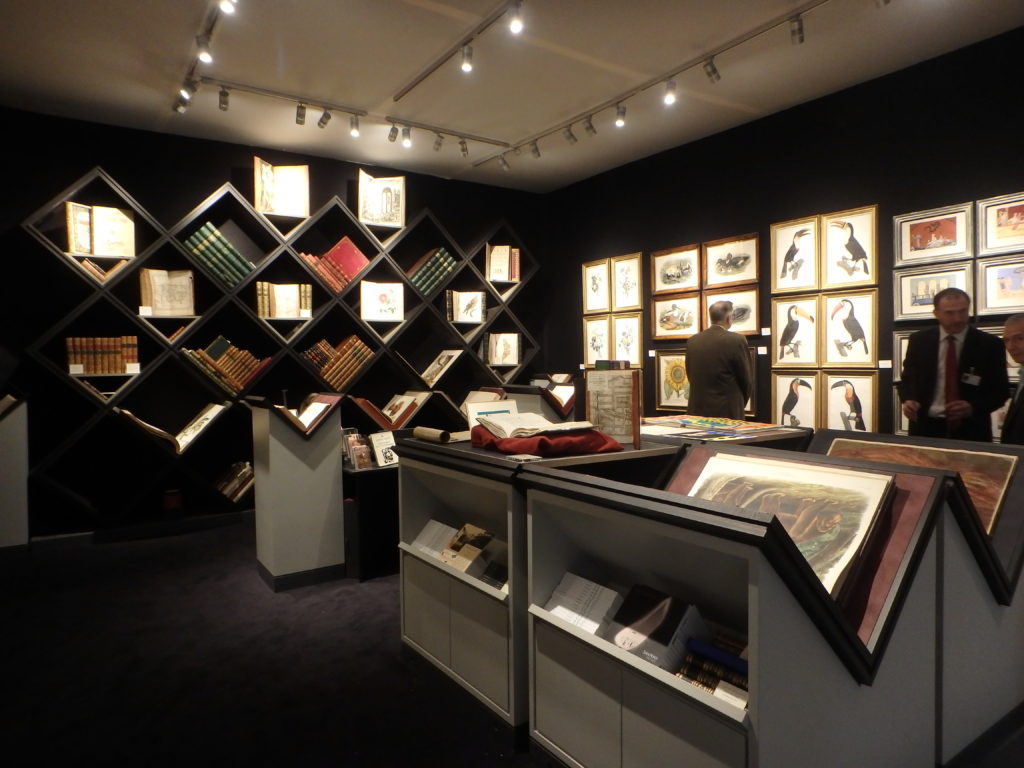
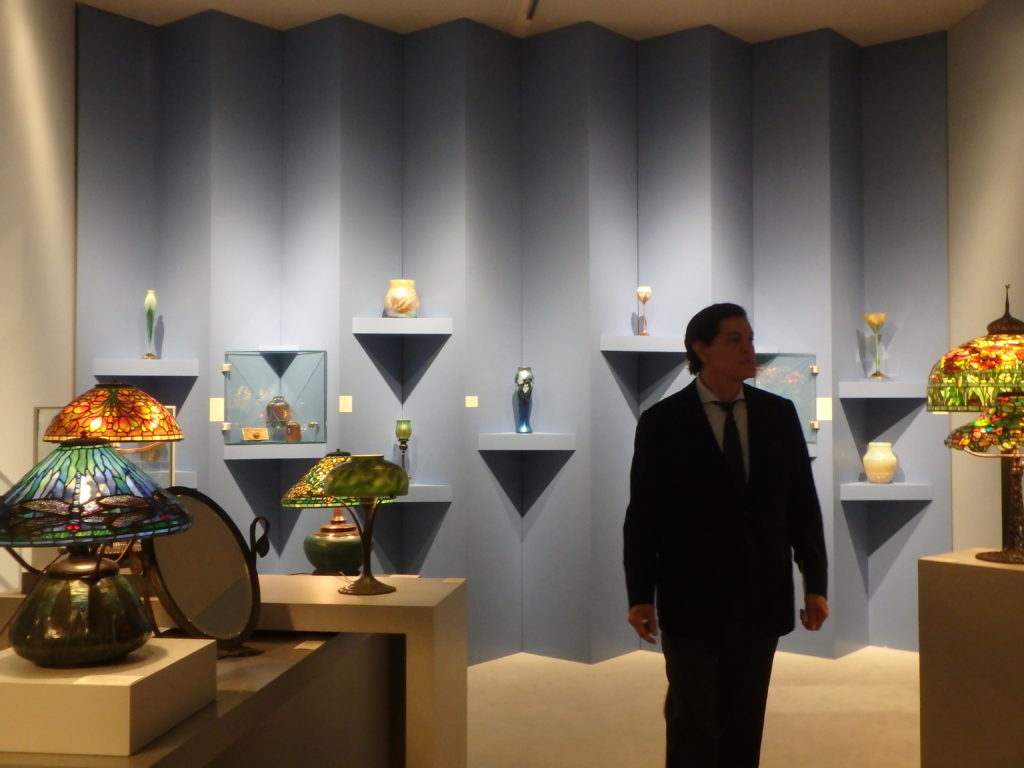
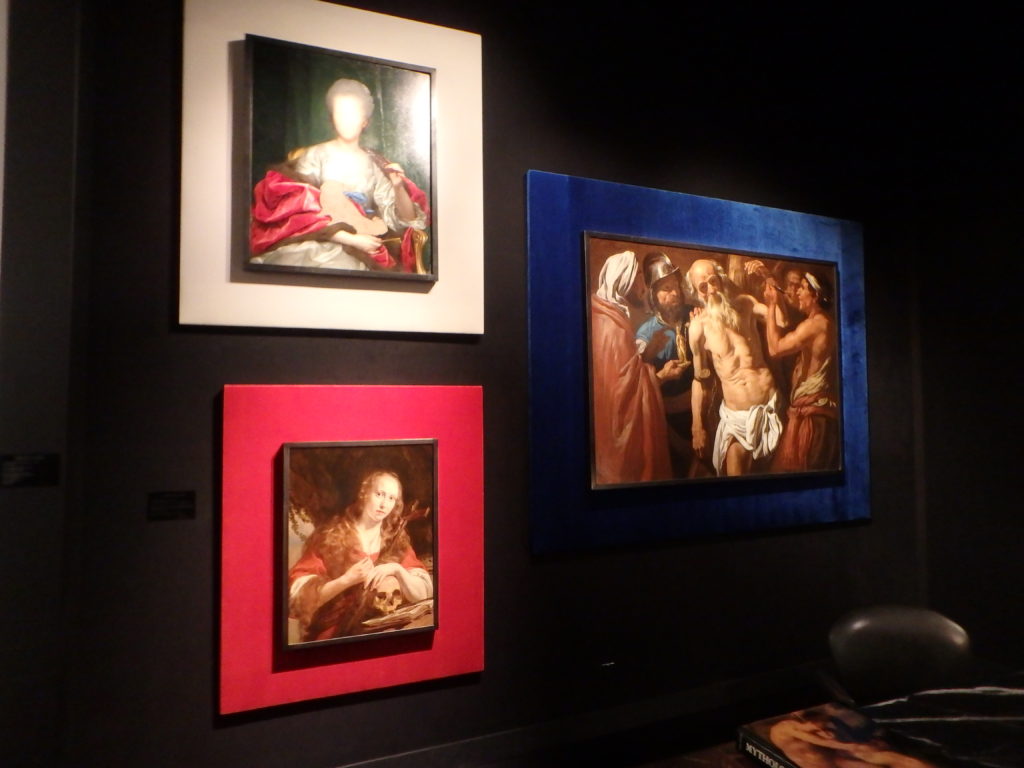
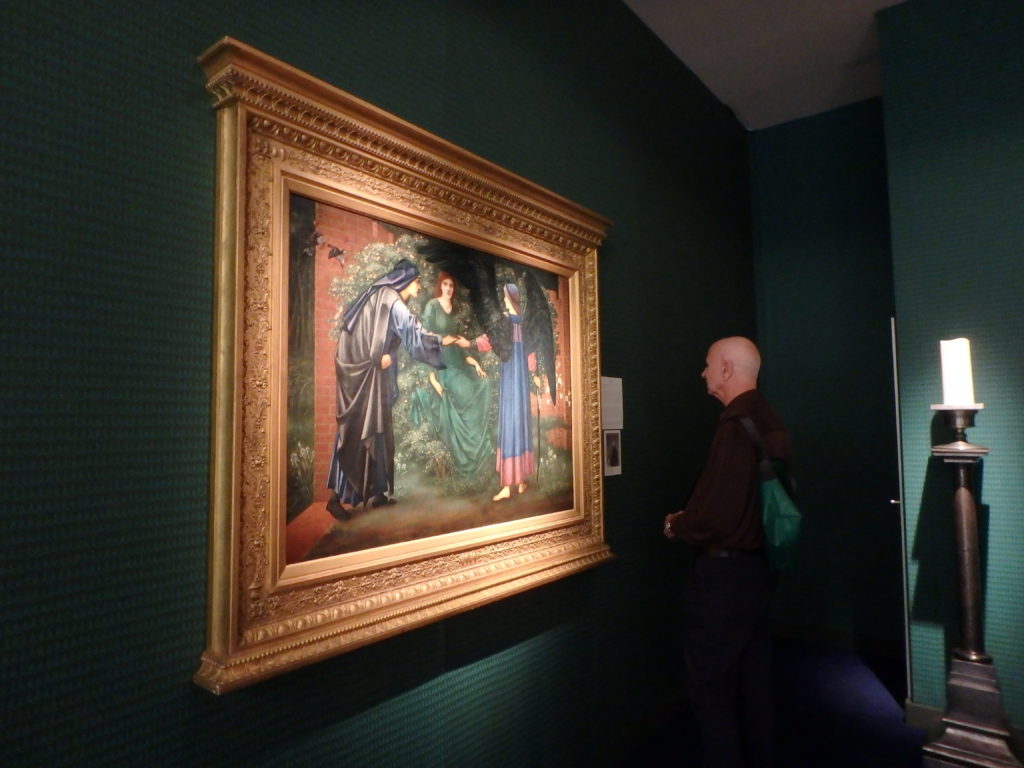

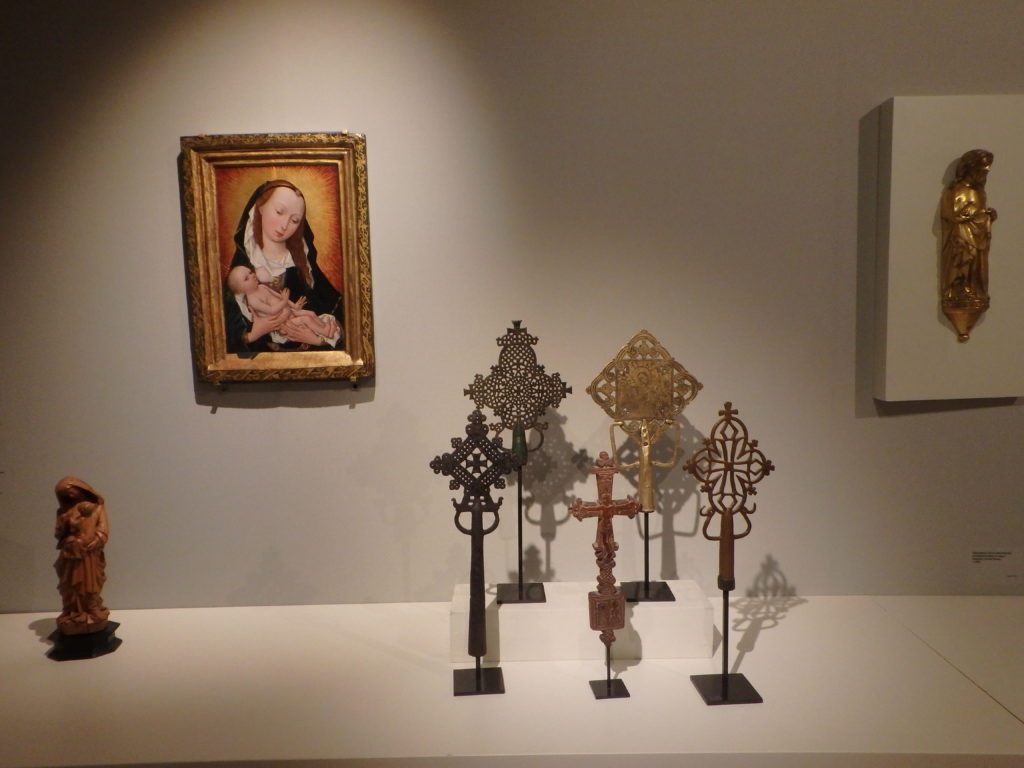
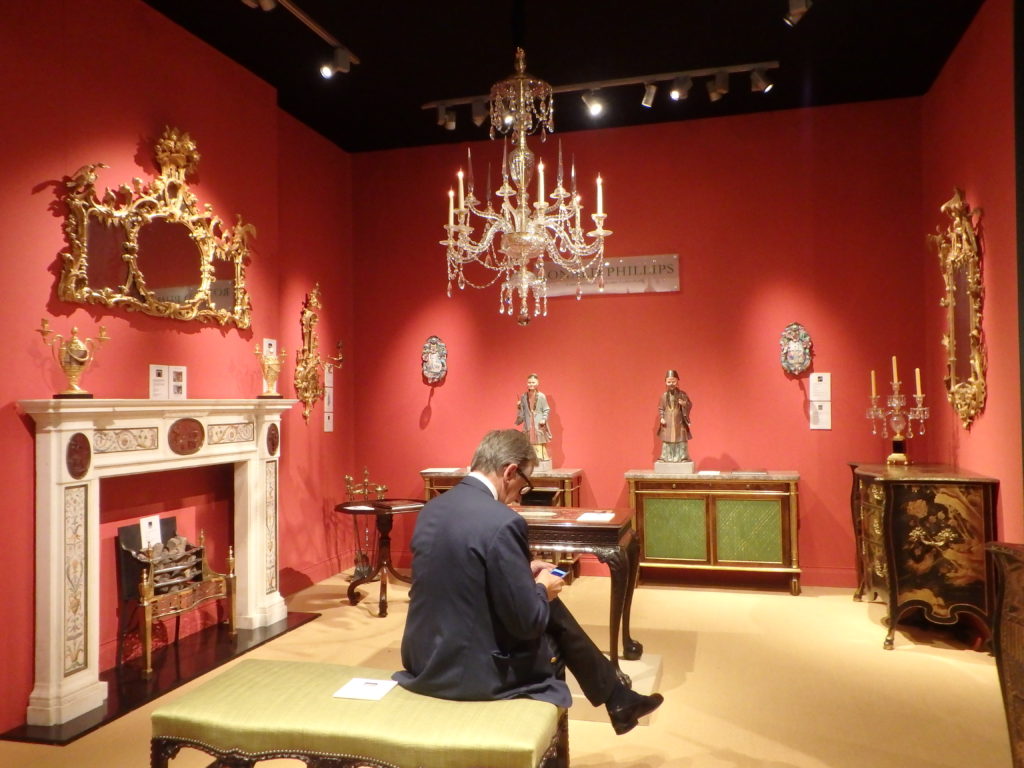
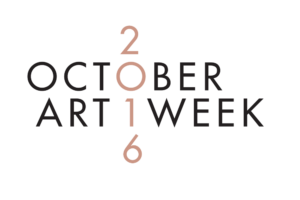
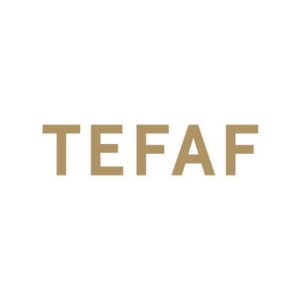
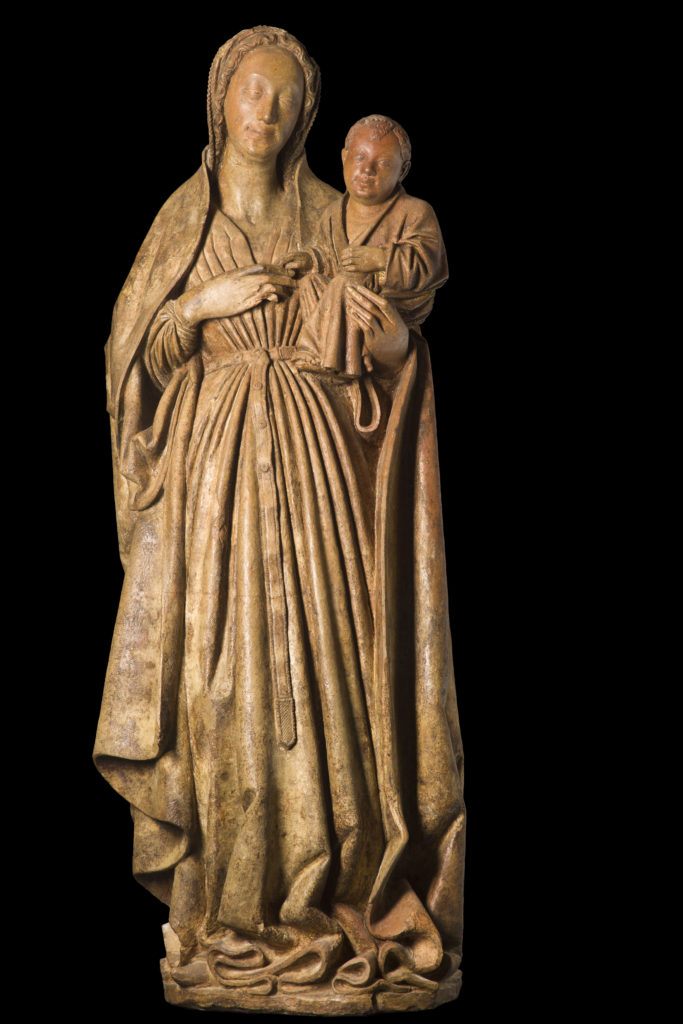
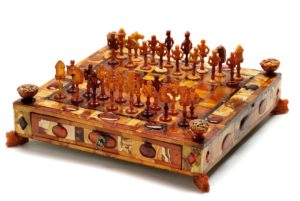 “We want to establish Tefaf’s brand all over the world,†Patrick van Maris, Tefaf’s chief executive, told me. The most interesting statistic to me in the article was that just 2,000 to 2,500 of Maastricht’s annual visitors are from the U.S., and we buy more art than anyone else in the world. To come here. Tefaf is collaborating with Artvest Partners and, interestingly, its co-founders, despite a combined total of 35 years in the art world, were Tefaf neophytes. Michael Plummer visited for the first time in 2016; Jeff Rabin, in 2016–after Artvest signed the deal with Tefaf. “We knew that a lot of New Yorkers had never been either,†said Mr. Plummer. “It’s a big commitment of time.”
“We want to establish Tefaf’s brand all over the world,†Patrick van Maris, Tefaf’s chief executive, told me. The most interesting statistic to me in the article was that just 2,000 to 2,500 of Maastricht’s annual visitors are from the U.S., and we buy more art than anyone else in the world. To come here. Tefaf is collaborating with Artvest Partners and, interestingly, its co-founders, despite a combined total of 35 years in the art world, were Tefaf neophytes. Michael Plummer visited for the first time in 2016; Jeff Rabin, in 2016–after Artvest signed the deal with Tefaf. “We knew that a lot of New Yorkers had never been either,†said Mr. Plummer. “It’s a big commitment of time.”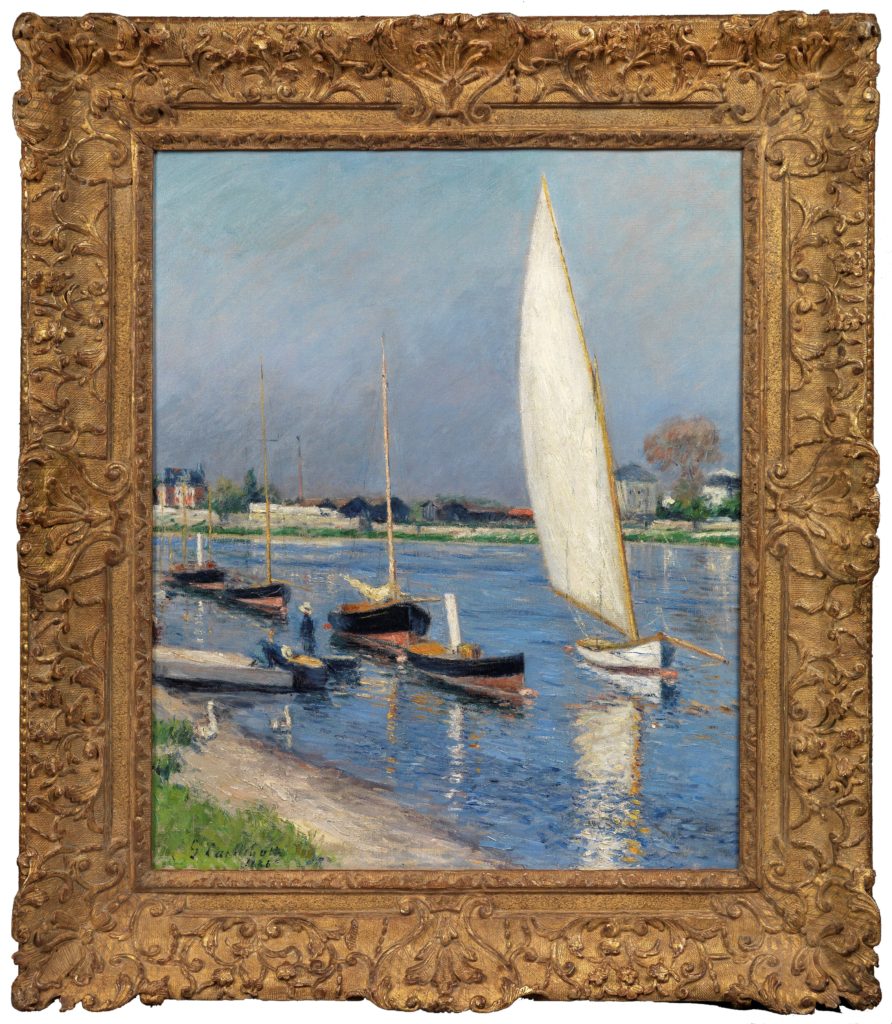 The Armory is giving over virtually all of its available space to Tefaf–especially the recently restored period rooms on the second floor. But how is Tefaf going to get people to go upstairs? Visitors are used to taking in the Drill Hall, but not the upstairs. Well, it has two good, I think, plans. First, a group of leading dealers volunteered to go up there–the galleries there are bigger than the booths downstairs and they will bring very fine works of art and jewelry in a “curated” group show called “The Master Collective.”
The Armory is giving over virtually all of its available space to Tefaf–especially the recently restored period rooms on the second floor. But how is Tefaf going to get people to go upstairs? Visitors are used to taking in the Drill Hall, but not the upstairs. Well, it has two good, I think, plans. First, a group of leading dealers volunteered to go up there–the galleries there are bigger than the booths downstairs and they will bring very fine works of art and jewelry in a “curated” group show called “The Master Collective.”